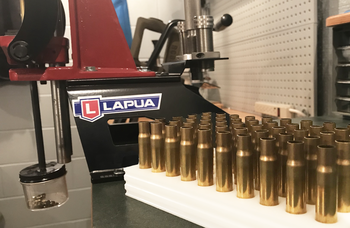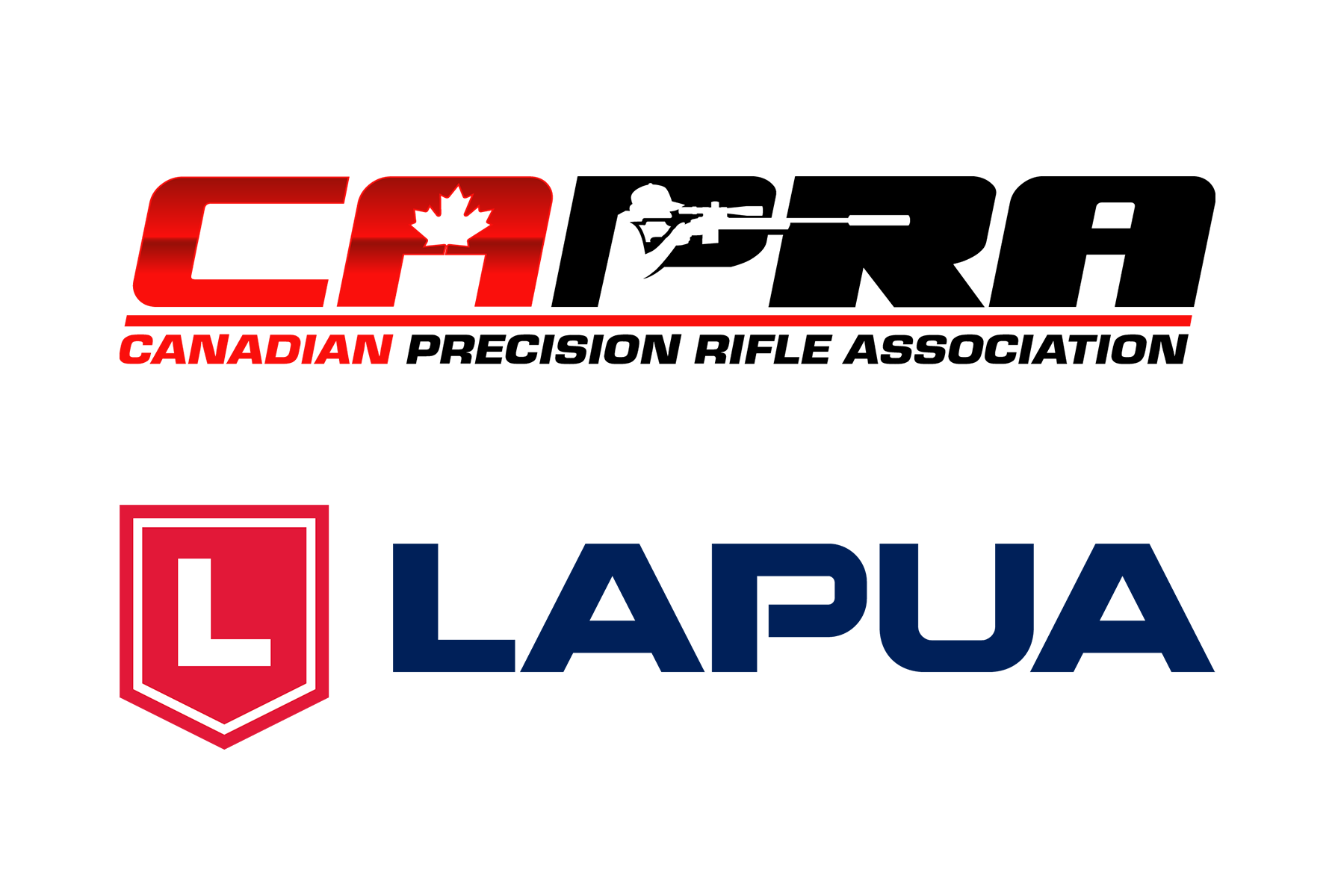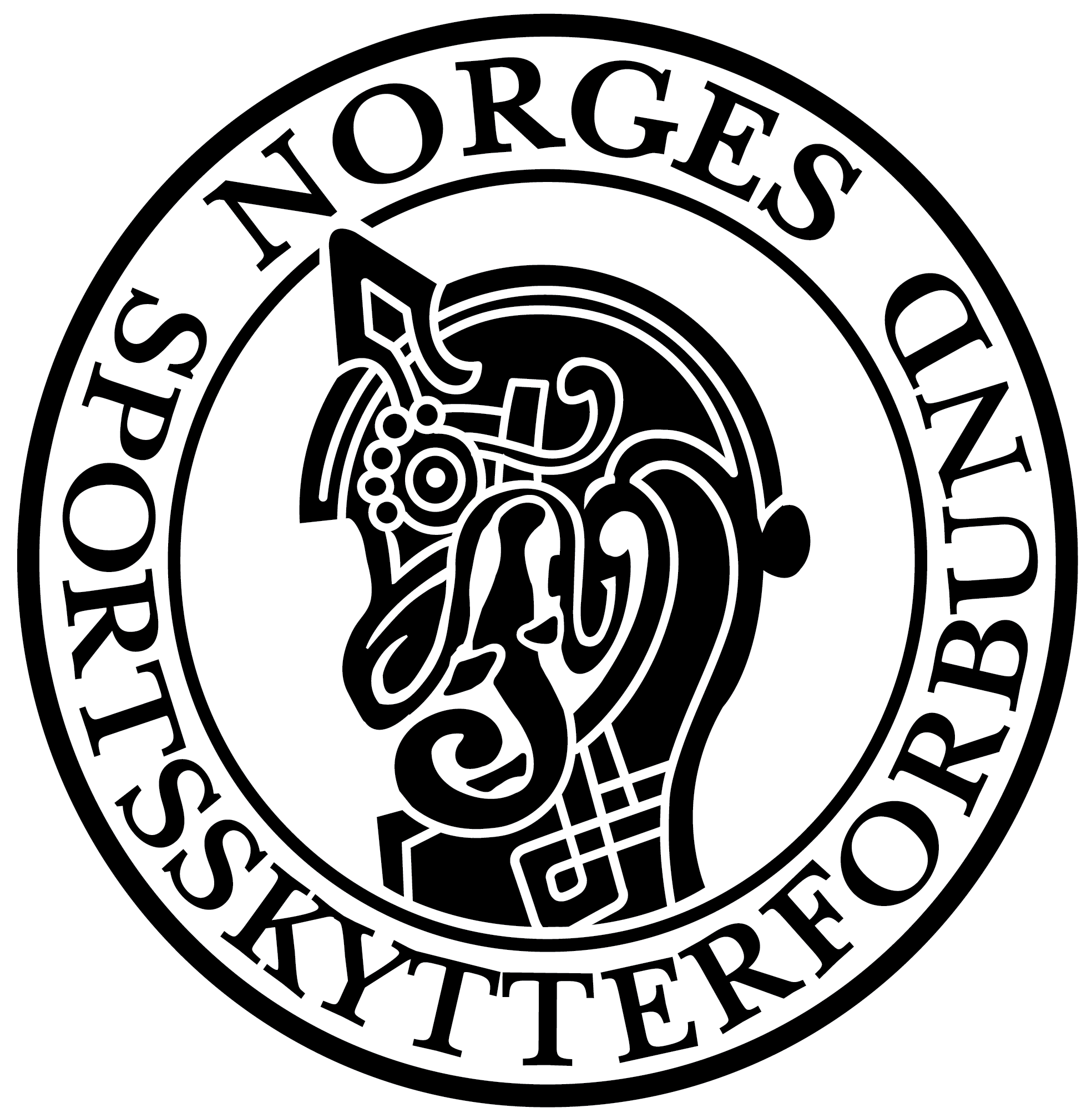This is a question that we get from time to time when a reloader opens up a box of Lapua brass and notices a coloration on the neck and shoulder of the case, setting it apart from brass made by other manufacturers.
This “discoloration” is simply an indication of material change caused by the annealing process of the brass. So what impact does annealing have?
Let’s start with what happens with the brass case when it’s used multiple times. When a cartridge is fired, the pressure makes the case expand towards the chamber walls. The movement of the case expanding within the chamber “works” the brass, hardening it just a bit. When a reloader resizes the fired case so that it will hold a bullet and freely chamber in the gun, the metal is worked again but back in the opposite direction. This movement hardens the brass a bit more. Every time this process is repeated, it adds to the hardening. The effect is cumulative, creating more damage over time. The case loses its ductility, or ability to “spring back” to its original dimensions. This can result in cracks and other failures in the brass. Ever break a wire coat hanger by bending it back and forth? Same concept exactly.

Cartridge cases have several distinct areas that each requires a different level of hardness. While the neck and shoulder areas need to be relatively soft, the case head must be quite hard. The body area between the two needs to be harder than the neck and shoulder, but softer than the head. Annealing is a very region specific treatment, which is only performed on the neck and shoulder region of Lapua cases. When properly done, annealing softens up the material through a heat treating procedure, relieving the stress and hardening which is created by the back-and-forth movement of the brass. Annealing reduces this hardening and improves the ability of the material to spring back during resizing. This, in turn, may extend the life of a case. It also ensures that the neck and shoulder of the case will be soft enough to properly expand and seal the chamber upon firing the round. This is vital, as it prevents blow back of gases into the action.
Lapua does not recommend re-annealing our cases, as the results of such a procedure can never be guaranteed. Re-annealing may change the case proportions and the metal hardness in a way that makes the case potentially dangerous for both firearm and shooter.
The annealing marks do not harm the Lapua case in any manner, and are merely a visual indication that the material has been heat-treated at the factory. Most brass manufacturers polish off the case so that it is bright and shiny when you open the box. At Lapua, we leave the coloration on as evidence that your Lapua cases have been properly heat treated. A top quality Lapua case is always distinguishable by its color. Besides, most shooters seem to like the look!
Written by the Lapua tech team


